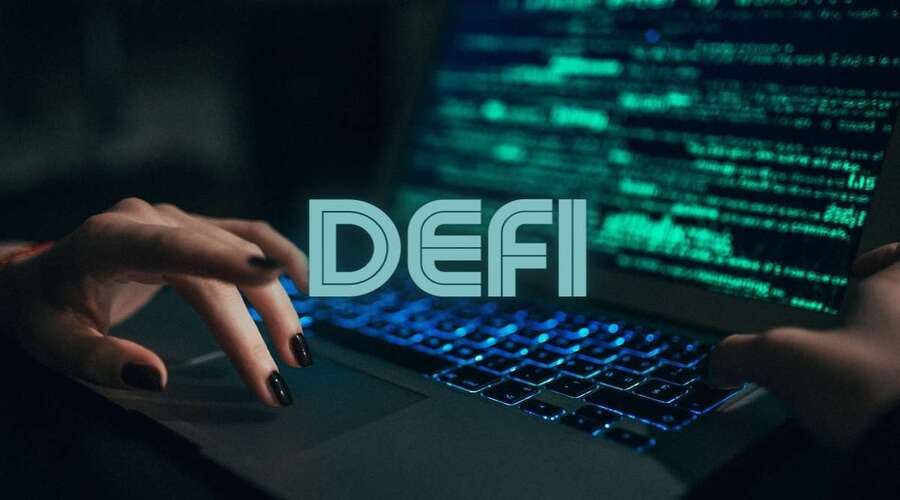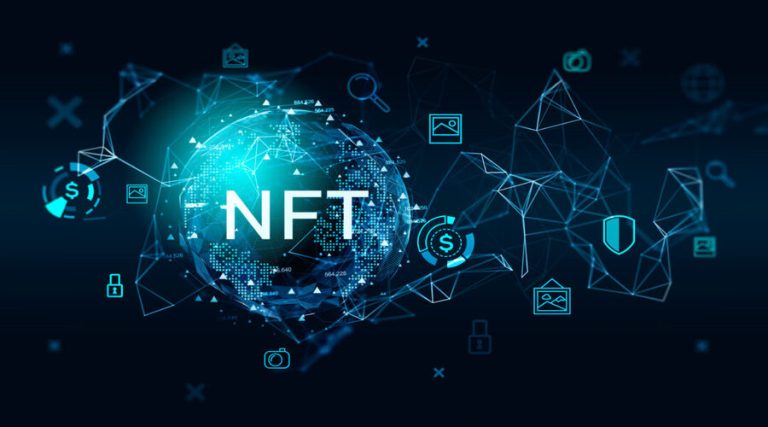
DeFi Hacks vs. Rug Pull Scams: Understanding the Key Differences
Introduction
The world of decentralized finance (DeFi) has gained immense popularity in recent years. With its promise of financial freedom, DeFi has revolutionized the traditional banking system. However, it has also attracted the attention of malicious actors seeking to exploit vulnerabilities in the system. Two common forms of exploitation in the DeFi space are DeFi hacks and rug pull scams. In this article, we will explore the key differences between these two types of attacks and how investors can protect themselves from falling victim to such scams.
DeFi Hacks
1. Understanding DeFi Hacks
DeFi hacks refer to unauthorized breaches of decentralized finance platforms, resulting in the theft of digital assets. These attacks exploit vulnerabilities in the system’s code or infrastructure, allowing hackers to gain access to user funds. DeFi hacks have become increasingly sophisticated, with attackers employing various techniques to bypass security measures and siphon funds from unsuspecting users.
2. Common Techniques Used
Hackers employ several techniques to carry out DeFi hacks. One common method is exploiting smart contract vulnerabilities. Smart contracts are self-executing contracts with the terms of the agreement directly written into code. If a flaw exists in the contract’s code, hackers can manipulate it to their advantage, often resulting in the loss of funds.
Another technique involves exploiting weaknesses in decentralized exchanges (DEXs). DEXs facilitate peer-to-peer cryptocurrency transactions without the need for intermediaries. Hackers target vulnerabilities in the DEX’s infrastructure, such as the order matching mechanism or liquidity pools, to manipulate transactions and steal funds.
3. Impact on the DeFi Community
DeFi hacks have significant consequences for the affected projects and the broader DeFi community. When a hack occurs, users lose their funds, leading to a loss of trust in the platform and the entire ecosystem. The affected project’s reputation suffers, and users may be hesitant to engage with other DeFi platforms, impacting the industry’s growth. Additionally, the negative publicity surrounding a hack can attract regulatory scrutiny, potentially leading to stricter regulations.
4. Prevention Measures
Conducting Thorough Code Audits and Security Assessments
One crucial step in mitigating the risk of DeFi hacks is conducting thorough code audits and security assessments. By engaging reputable third-party security firms to review the smart contract code and system architecture, potential vulnerabilities can be identified and addressed before they are exploited. Audits provide valuable insights into the overall security posture of the project, helping developers fortify their systems against potential attacks.
Implementing Multi-Signature Wallets
Another preventive measure is the implementation of multi-signature wallets. Multi-signature wallets require multiple cryptographic signatures to authorize transactions, providing an additional layer of security. This ensures that a single compromised private key cannot be used to execute unauthorized transactions. By distributing signing authority among multiple key holders, the risk of theft or unauthorized access is significantly reduced.
Utilizing Decentralized Insurance Platforms
DeFi users can also leverage decentralized insurance platforms to mitigate the risks associated with hacks. These platforms offer coverage against smart contract vulnerabilities and malicious attacks. By purchasing insurance policies, users can protect their funds in the event of a hack or exploit. Decentralized insurance solutions contribute to the overall security of the DeFi ecosystem by providing financial protection to participants.
Bug Bounties and Responsible Disclosure Programs
Bug bounties and responsible disclosure programs incentivize the community to identify and report vulnerabilities in DeFi platforms. By offering rewards to individuals who responsibly disclose security flaws, projects can tap into the collective expertise of security researchers and hackers. This proactive approach helps identify and address potential weaknesses before they can be exploited maliciously, enhancing the overall security of the DeFi ecosystem.
5. High-Profile DeFi Hacks
Examples of Notable DeFi Hacks and Their Impact
The DeFi space has witnessed several high-profile hacks that have had a significant impact on the industry. One such example is the exploit of the decentralized autonomous organization (DAO) in 2016, where an attacker exploited a flaw in the smart contract, resulting in the loss of millions of dollars. This incident led to a hard fork of the Ethereum blockchain to recover the funds and sparked a debate on the immutability of blockchain transactions.
Another notable hack is the attack on the Poly Network in 2021, where a hacker exploited a vulnerability and transferred approximately $600 million in different cryptocurrencies. This incident highlighted the challenges faced by the DeFi ecosystem in securing complex cross-chain transactions. High-profile hacks serve as cautionary tales and underscore the importance of robust security measures in the DeFi space.
Lessons Learned and Improved Security Practices
Each high-profile hack in the DeFi space has contributed to the industry’s collective knowledge and improved security practices. These incidents have prompted developers to pay closer attention to code audits, engage in responsible disclosure, and implement stronger security measures. The sharing of information and best practices among projects has led to the development of more resilient and secure protocols. Additionally, increased awareness of the risks associated with DeFi hacks has encouraged users to exercise caution and take proactive measures to protect their funds.
Rug Pull Scams

1. Understanding Rug Pull Scams
Rug pull scams are a form of deception wherein developers or project founders abandon a project after attracting a substantial user base and raising funds. These scams typically occur in decentralized applications (dApps) or tokens with low liquidity. The perpetrators lure investors by promoting false promises and hyping the project, only to exit the project suddenly, taking all the funds with them.
2. How Rug Pull Scams Work
In a rug pull scam, developers create a seemingly legitimate project, often with an enticing value proposition. They attract investors by offering lucrative returns or exclusive benefits. As more investors pour funds into the project, the developers gain control of a substantial amount of liquidity. Once they deem it profitable, they perform a coordinated exit, withdrawing the funds and leaving investors with worthless or nearly worthless tokens.
3. Devastating Effects on Investors
Rug pull scams can have devastating effects on investors, both financially and emotionally. Investors who fall victim to these scams can lose their entire investment, leading to substantial financial losses. Moreover, the psychological impact of being deceived and betrayed can be severe, eroding trust in future investment opportunities.
Distinguishing Factors
1. Intentions of the Attacker
The primary distinction between DeFi hacks and rug pull scams lies in the intentions of the attackers. In DeFi hacks, the attackers aim to exploit vulnerabilities in the system to gain unauthorized access to funds. On the other hand, rug pull scammers create projects with the intention of deceiving investors and absconding with their funds.
2. Targeted Vulnerabilities
DeFi hacks primarily target vulnerabilities in smart contracts, decentralized exchanges, or other infrastructure within the DeFi ecosystem. In contrast, rug pull scams exploit the trust and liquidity within a specific project or token, taking advantage of unsuspecting investors who believe in the project’s potential.
3. Nature of the Attack
DeFi hacks involve unauthorized access and theft of funds, often accomplished through technical exploits and manipulation of the system. In contrast, rug pull scams are characterized by deceit and deception, with the scammers intentionally misleading investors to gain their trust and subsequently disappearing with the funds.
4. Recovery and Repercussions
Recovering from DeFi hacks can be challenging but not impossible. Developers can patch vulnerabilities, reimburse affected users, or, in some cases, roll back transactions. However, the recovery process may take time, and not all funds may be recoverable. In the case of rug pull scams, the recovery process is significantly more difficult as the scammers have usually vanished, leaving investors with little to no recourse.
Protecting Yourself
To protect yourself from DeFi hacks and rug pull scams, it is crucial to exercise caution and due diligence. Here are some steps you can take:
1. Due Diligence and Research
Before investing in any DeFi project, conduct thorough research. Review the project’s whitepaper, team members, and community reputation. Look for potential red flags or warning signs that might indicate a scam.
2. Verifying Smart Contracts
If a project involves a smart contract, verify its code on reputable platforms like Etherscan. Check if the code has been audited by a reputable third-party security firm. Ensure that the contract’s code is transparent and free from known vulnerabilities.
3. Utilizing Secure Wallets
Use hardware wallets or reputable software wallets to store your digital assets securely. Hardware wallets provide an added layer of security by keeping your private keys offline, minimizing the risk of unauthorized access.
4. Community Trust and Reputation
Consider the project’s community trust and reputation. Engage with the community members, participate in discussions, and seek feedback from experienced users. A strong and active community can help identify potential scams and provide valuable insights.
5. Staying Informed and Updated
Stay informed about the latest news and developments in the DeFi space. Follow reputable sources, such as industry publications and respected influencers, to stay updated on potential risks and emerging trends. Being aware of the evolving landscape can help you make informed investment decisions.
Conclusion
In the rapidly evolving world of decentralized finance, DeFi hacks and rug pull scams pose significant risks to investors. Understanding the differences between these two types of attacks is crucial for protecting yourself and making informed investment decisions. By conducting thorough research, verifying smart contracts, using secure wallets, and staying informed, you can mitigate the risks associated with DeFi scams and safeguard your investments.


